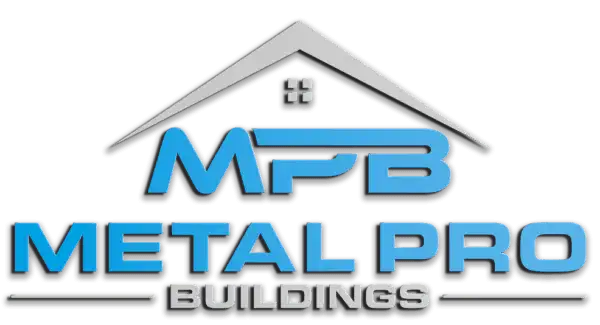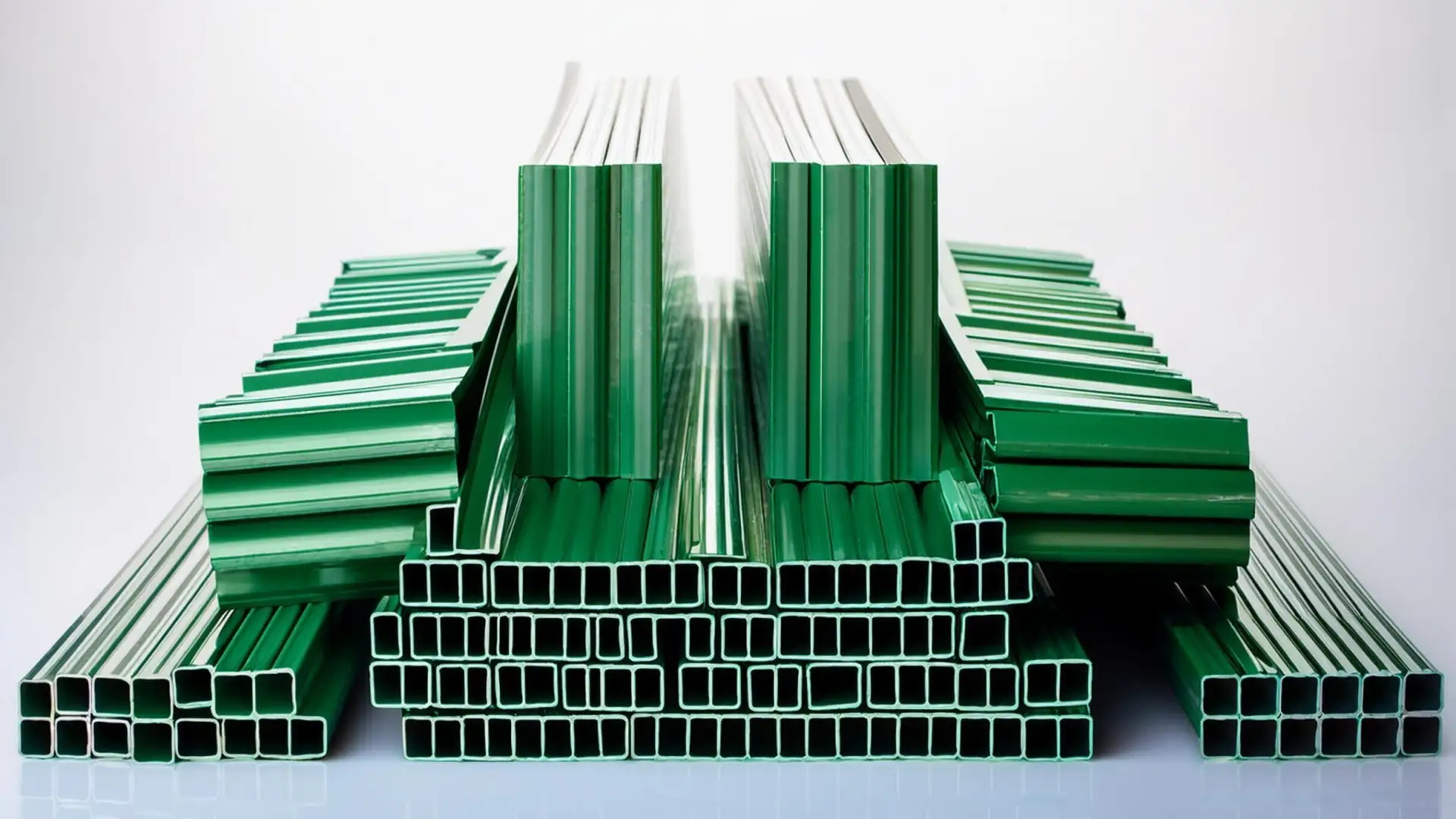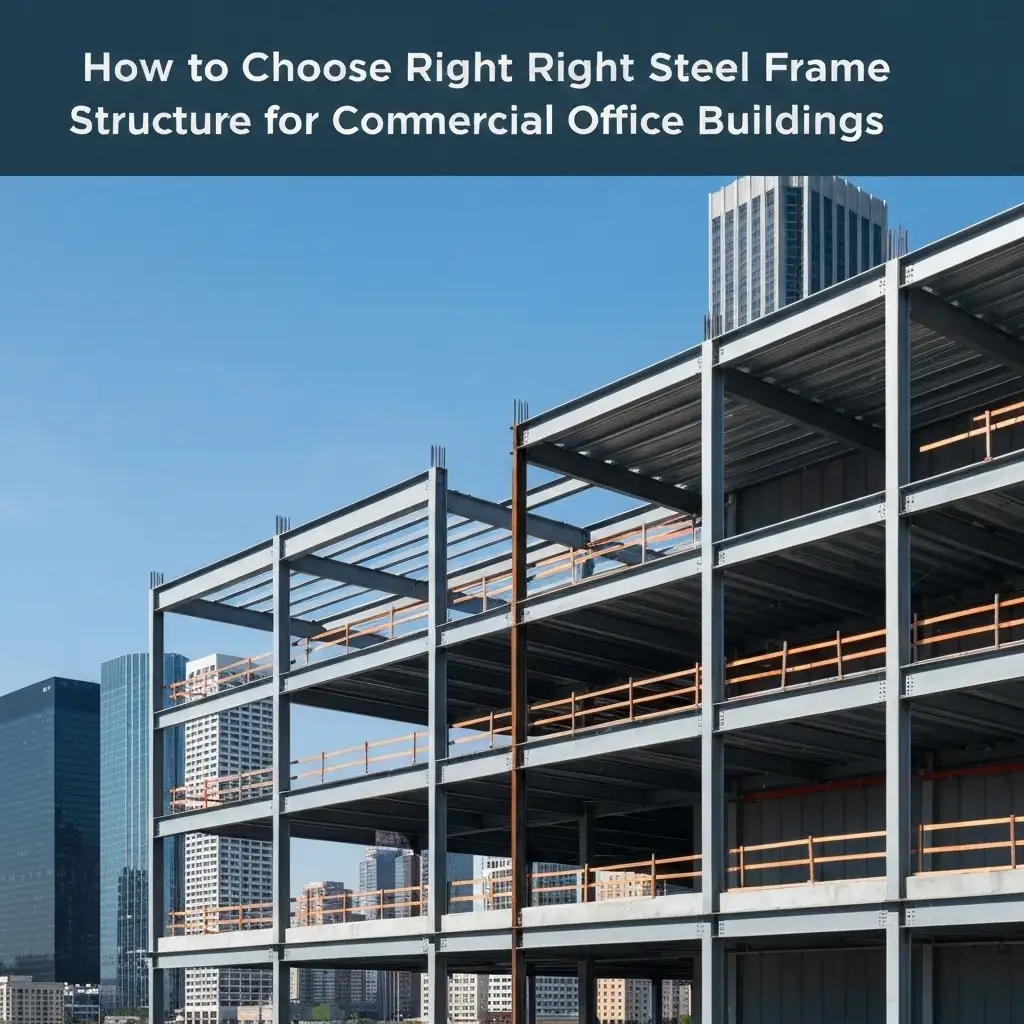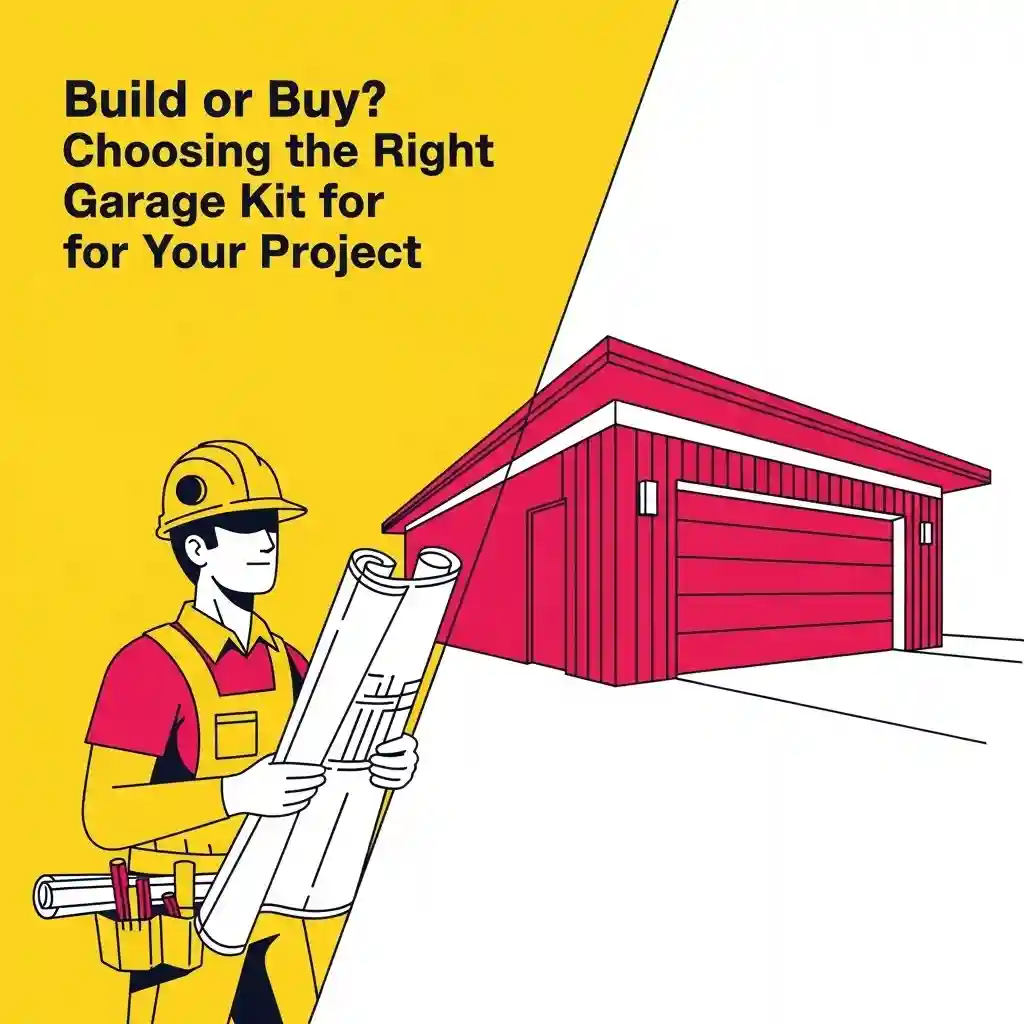Running out of warehouse space? Whether you’re managing a growing logistics network, seasonal inventory overflow, or a construction site that needs weatherproof storage, traditional buildings aren’t always the answer. Instead of committing to costly expansions or permanent structures, many industries are embracing a smarter, more flexible alternative: shipping container covers.
These adaptable structures provide quick, affordable shelter that protects equipment, inventory, or operations from the elements while scaling easily to meet changing demands. From retail distribution and agriculture to manufacturing and emergency response, shipping container covers are becoming an essential tool across a wide range of sectors.
In this article, we’ll dive into how they work, why they’re gaining traction, and how to choose the right cover to match your needs.
What Are Shipping Container Covers?
Shipping container covers are rugged structures designed to span over or between containers, creating sheltered, functional spaces. Often referred to as industrial-grade shelters, they transform standard containers into high-performance, semi-permanent buildings. Typically constructed with steel frames often coated with rust- and UV-resistant materials like Galvalume Plus™, these covers are built to endure harsh weather, prolonged sun exposure, and daily use.
Businesses use them to turn rows of containers into everything from outdoor storage tunnels to full-fledged fulfillment centers. You might see them as curved dome roofs bridging two containers or retractable shelters mounted directly on top. Whatever the form, the goal is the same: maximize usable space while keeping inventory and operations protected.
These covers come in several variations soft, hard-top, retractable, and canopy-style each designed to meet different needs. Whether you’re handling seasonal overstock or launching a temporary dispatch zone, container covers offer a fast, cost-effective solution that grows with your business.
Why More Industries Are Turning to Container Covers
From logistics hubs and agricultural storage to construction sites and disaster relief staging areas, businesses across many sectors face the same core challenges: managing space, protecting assets, and controlling costs. Shipping container covers solve all three making them a practical, scalable solution for modern operations.
- Maximize Space Quickly
By bridging standard shipping containers with durable fabric or steel covers, you instantly gain clear-span sheltered space with no interior walls, and no lengthy build time. It’s a fast, effective way to add covered storage, loading zones, or temporary work areas. - Strong Weather Protection
Made from galvanized steel, container covers shield valuable equipment and inventory from sun, rain, wind, and dust. Whether you’re storing sensitive goods or operating in tough climates, they help maintain quality and prevent damage. - Cost-Effective Alternative
Compared to building or leasing new facilities, container covers are significantly more affordable. They make use of existing containers as a structural base, slashing material and labor costs while delivering the shelter you need when you need it. - Flexible & Scalable
Need more space next week? Add a container and expand the cover. Done with the season? Dismantle, relocate, or store it for later use. The modular design grows or shrinks in sync with your operations, offering exceptional adaptability. - Customizable to Fit Your Operation
From skylights and ventilation systems to roll-up doors or steel roofing, these structures can be tailored to your exact needs. No generic one-size-fits-all approach, just a smart solution built around how you work.
Types of Shipping Container Covers
Shipping container covers come in several forms, each designed for different needs and environments:
Arch‑Style (Quonset Hut) Steel Covers
These curved steel structures resemble military-style huts. They use galvanized steel arches built atop shipping containers, offering excellent strength against snow and wind. Their rounded shape evenly distributes loads, making them easy to assemble and durable.
To learn more about their origins and evolution, check out the history of Quonset huts

Cold‑Formed Steel Covers
Featuring straight walls and flat roofs, these covers maximize the usable space inside. Their design is lighter yet strong, offering a more traditional building look while remaining modular and scalable .
Key Features to Look For
When choosing a shipping container cover, these features help ensure lasting performance, safety, and protection for your e-commerce inventory:
Fire-Retardant Material
Fire codes in industrial zones often require flame-resistant covers. Quality covers achieve NFPA or equivalent fire ratings, offering peace of mind in busy warehouse environments .
Structural Support & Wind Load Ratings
Metal frames must endure local wind, rain, and snow. Certified wind-load ratings show they’re built to last even under pressure
Ventilation & Temperature Control
Ventilation prevents heat buildup and condensation. Look for covers that include vents or translucent panels for airflow and natural light. Some also support insulation or coatings to keep interiors cooler .
Ease of Installation & Modularity
To avoid downtime, choose covers that fit easily onto standard containers with clamps, hooks, or mounting kits. Modular kits mean you can expand or reconfigure quickly.
Use Cases and Real‑World Applications
Shipping container covers aren’t just theoretical they’re solving real storage and operational challenges across industries like logistics, construction, manufacturing, and retail:
Seasonal Overflow Storage
During peak seasons, operations can’t always add permanent space fast enough. Teams install fabric or steel covers between containers to quickly create extra “storage tunnels.” These modular, weather-resistant setups can expand capacity in weeks not months.
Temporary Work Zones
Covered areas between containers are ideal for packing, order assembly, or even light manufacturing. Fulfillment centers, job sites, and farms alike benefit from fast-deploy shelter without the costs of fixed structures.
Return or Inspection Hubs
When returned goods or equipment inspections overflow indoor space, a container cover zone creates a protected area to sort, scan, and organize efficiently even in poor weather.
Pop‑Up Operations for New Markets
Whether it’s launching a new regional hub, testing a site location, or staging temporary field operations, container shelters enable secure, scalable space that sets up quickly and comes down just as easily.
Dock Extensions & Weather Buffering
Installing container covers over loading or staging zones reduces wind, rain, and dust exposure keeping products dry and workers safer during loading/unloading.
Equipment & Bulk Inventory Protection
Operations that store large or seasonal items such as pallets, machinery, or farm equipment use container shelters to reduce weather damage. In one case, a client in Poland saved over 40% compared to traditional construction.
Compliance, Safety & Maintenance Considerations
Converting containers with covers isn’t just about structure, it’s about safe, long-lasting use that meets regulations and protects your investment.
Anchoring & Structural Support
Secure anchoring is essential. Whether shipping containers are used in homes or warehouses, they must be firmly fixed to foundations especially in wind-prone zones. Concrete anchors, piers, or slabs are widely recommended to prevent shifting or uplift during storms reaching Category 5 strength (up to 180 mph). Additionally, local codes may require wind-load certification under standards like AS/NZS 1170.2 or ISO testing.
Inspection & Maintenance
These steel structures can last decades up to 40 years when properly maintained. Routine maintenance steps include:
- Inspecting foundations and leveling to avoid uneven sinking.
- Checking and fixing rust spots wire brushing, priming, and repainting as needed.
- Lubricating doors and replacing worn weather seals to maintain water-tightness.
- Removing debris and standing water from container roofs to prevent corrosion.
Addressing wear and tear early reduces costly repairs later
Compliance with Handling and Stacking Standards
If containers are stacked or hoisted, compliance with standards like ISO 1496‑1, CSC markings, and OSHA rules (e.g. checking structural fittings before stacking) is mandatory . Replacing damaged or dull twist locks is also critical for safe stacking and operation.
Permits & Building Codes
When using shipping containers and covers in Canada, local building and zoning regulations play a crucial role especially as your setup transitions into a structure rather than mere storage.
In provinces like Ontario and British Columbia, any container-based setup over 10 m² (108 ft²) with walls, roof, and floor is considered a building, triggering the need for a building permit under the Ontario Building Code .
In the City of Hamilton, for instance, containers of this size must undergo inspections and comply with setbacks and structural rules and non-compliance can lead to fines or orders .
Conclusion
Shipping container covers offer a smart, flexible solution for any operation that needs fast, cost-effective space. Whether you’re expanding a logistics hub, protecting equipment on a construction site, or storing surplus inventory during peak season, these covers provide reliable shelter without the high costs or delays of permanent structures. Scalable, durable, and easy to install, container covers help you adapt quickly no matter what your industry demands.
When space gets tight, think outside the warehouse.
Ready to cover more ground?
At Metal Pro™ Buildings, we provide engineered, code-compliant container cover kits designed to withstand tough Canadian weather perfect for warehousing, logistics, construction, agriculture, and more. Get in touch today to expand your operations with confidence. Fast. Affordable. Built to last.
FAQ






